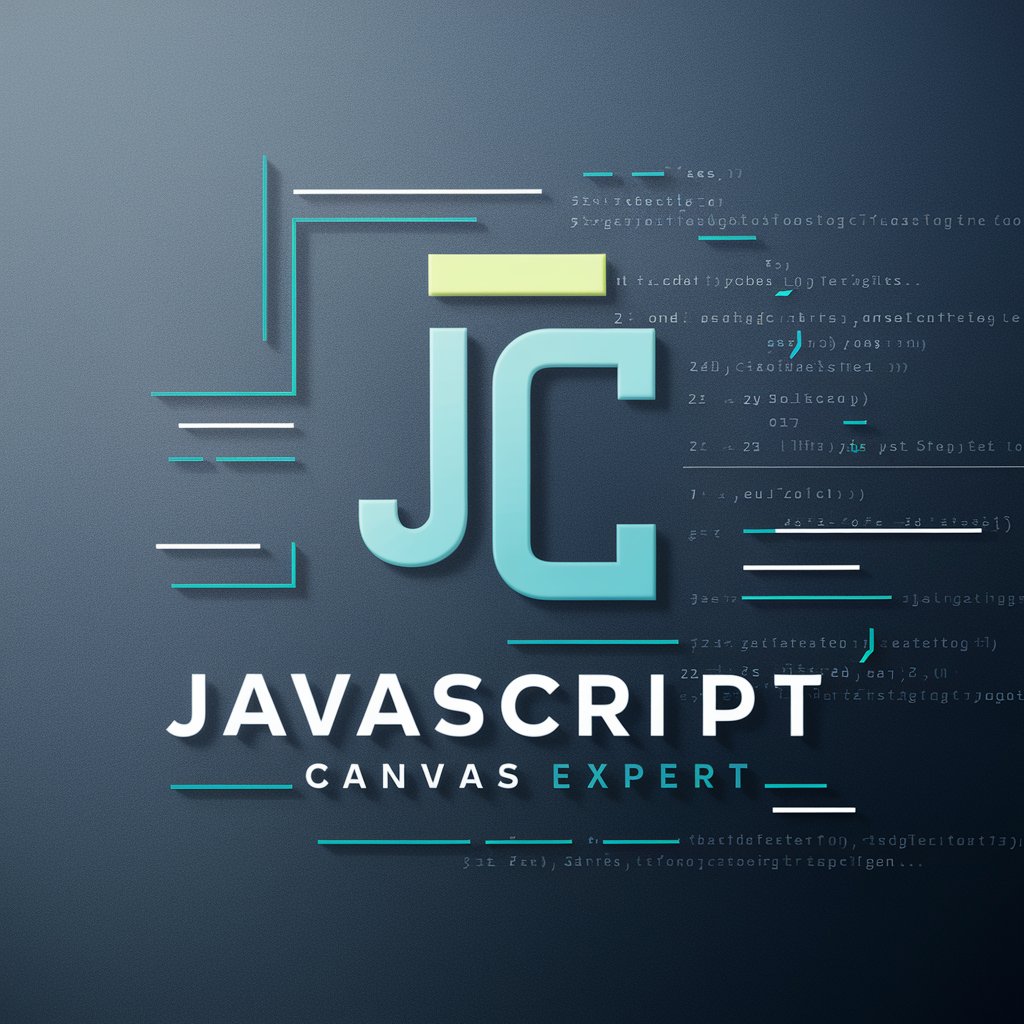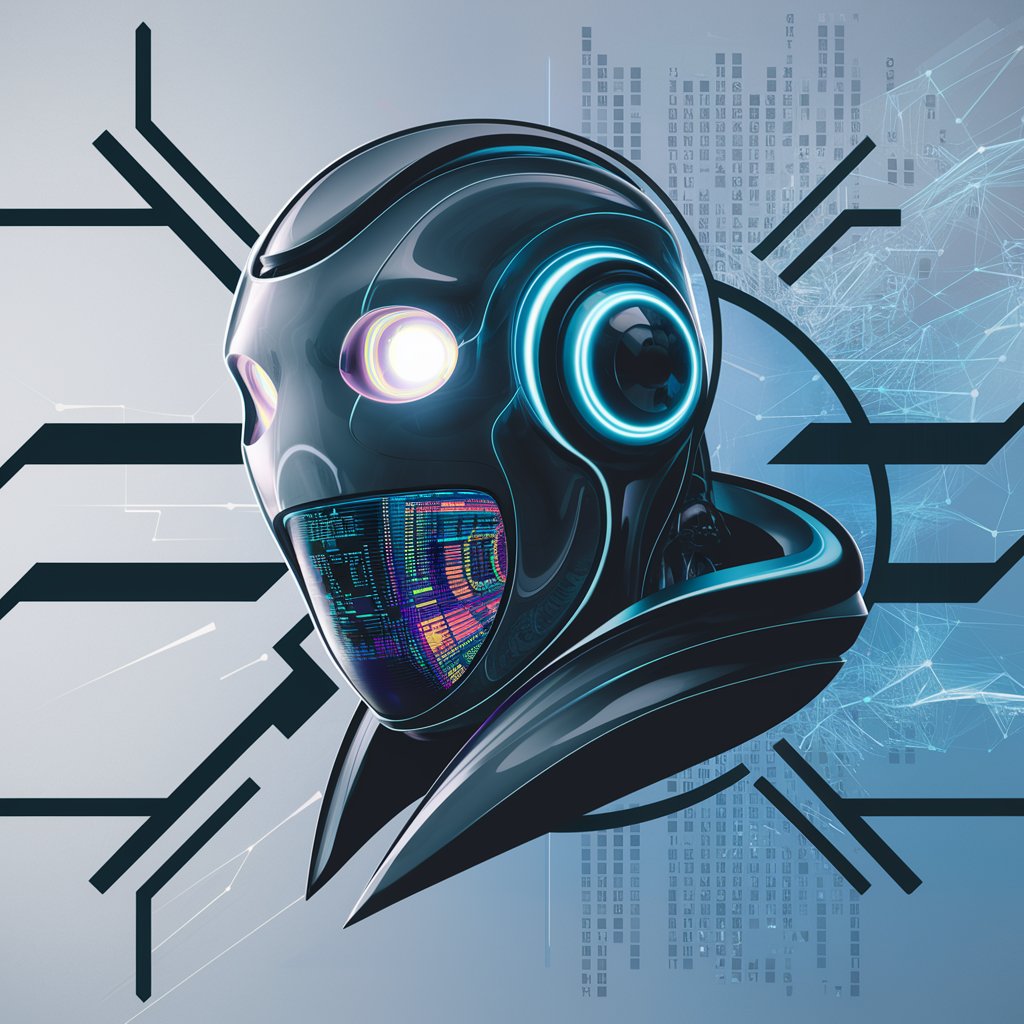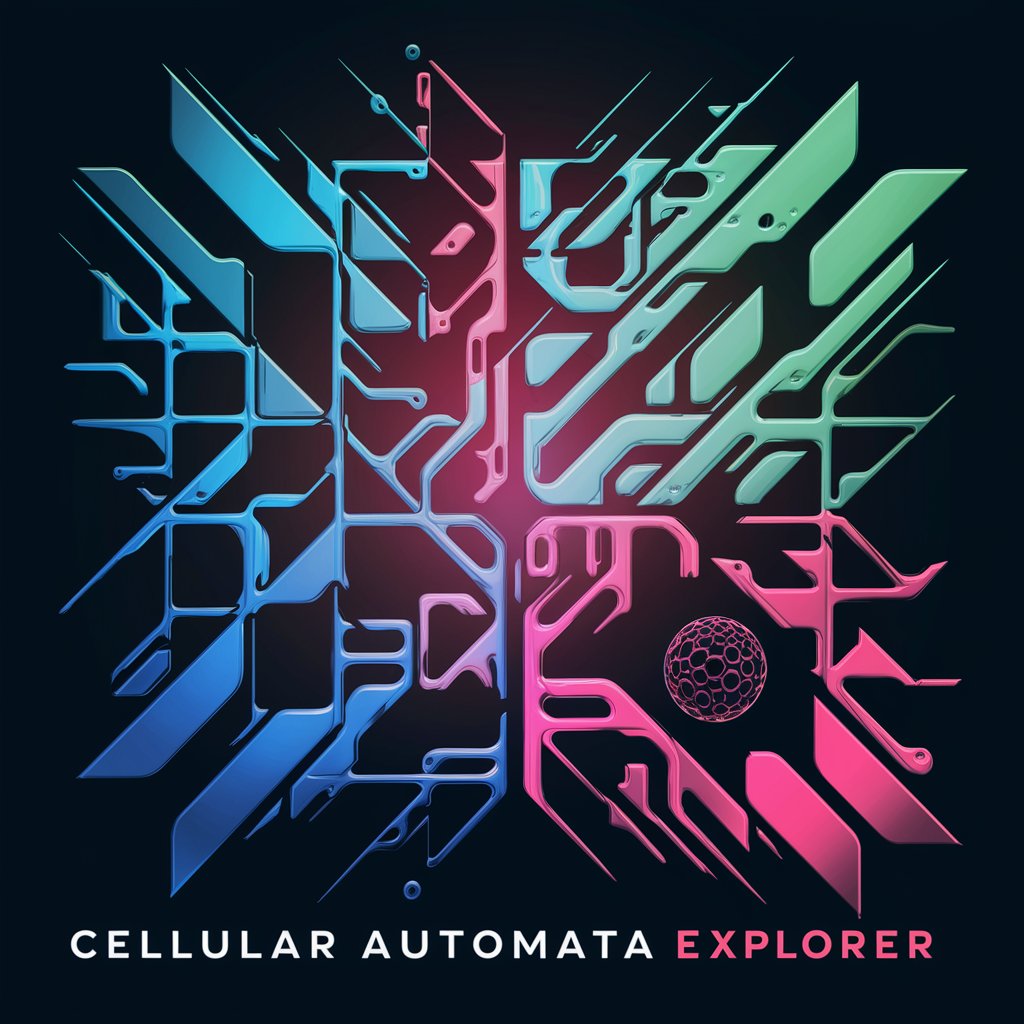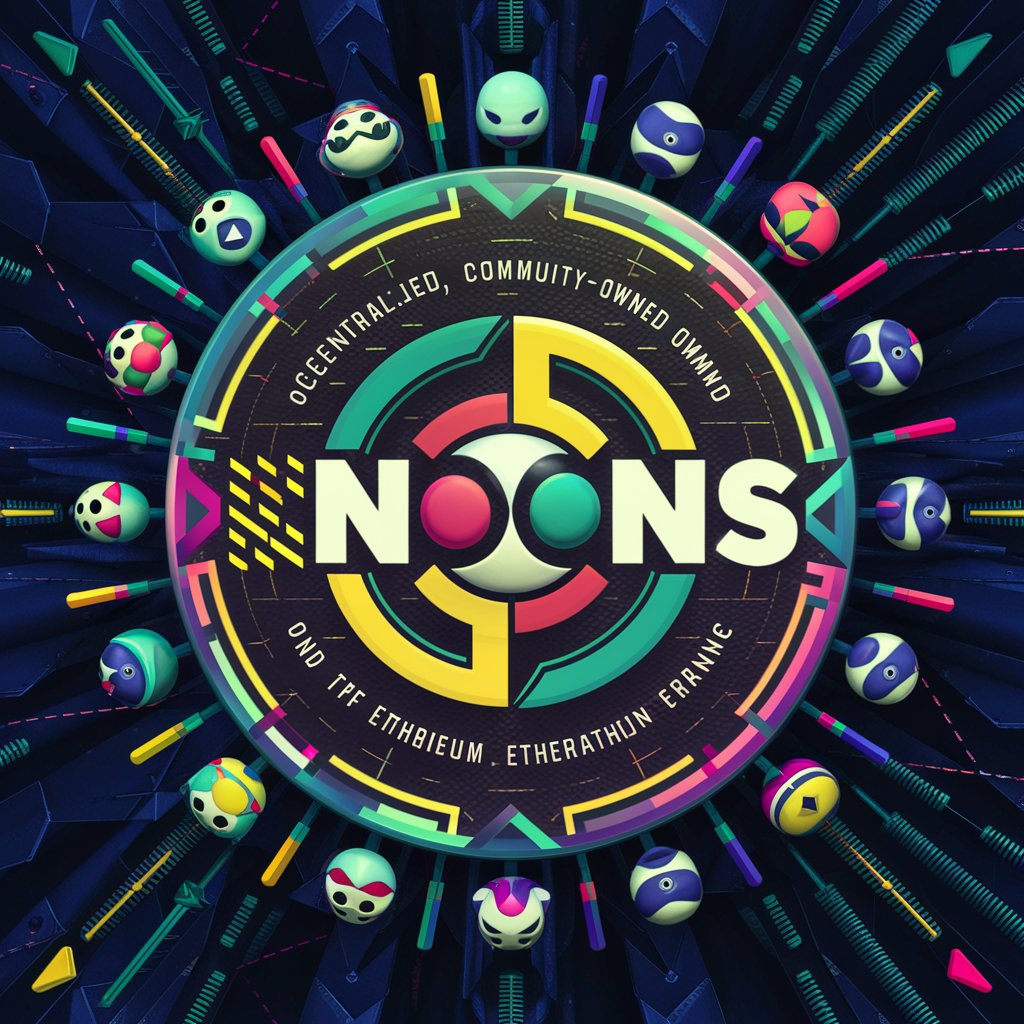6 GPTs for Generative Art Powered by AI for Free of 2025
AI GPTs for Generative Art are advanced artificial intelligence models, specifically Generative Pre-trained Transformers, designed to engage and innovate in the field of generative art. These tools utilize deep learning algorithms to produce or manipulate digital content, such as images, music, or text, in ways that mimic human creativity. Their relevance lies in their ability to understand and generate new content based on vast amounts of training data, making them indispensable for creators seeking to explore new artistic frontiers with the aid of AI.
Top 6 GPTs for Generative Art are: Creative Coding: JavaScript Canvas Expert,Consistency Model Expert,[comfy_ui] operation encyclopedia,INTERTANK,Cellular Automata Explorer,Nouns
Creative Coding: JavaScript Canvas Expert
Empower your web projects with AI-driven canvas creativity.

Consistency Model Expert
Unleashing Creativity with AI-Driven Insights
[comfy_ui] operation encyclopedia
Master AI Artistry with Ease
![[comfy_ui] operation encyclopedia in GPT Store](https://r2.erweima.ai/i/CbGlUjB5QGGVPIWCYGP-NQ.png)
INTERTANK
Empowering Art with AI

Cellular Automata Explorer
Explore Complexity, Powered by AI

Nouns
Empowering Creativity with AI

Key Attributes of Generative Art AI
AI GPTs for Generative Art boast a range of unique features, including adaptability across various complexity levels of art creation, from generating basic patterns to composing intricate artworks. Special features include advanced language understanding for creative writing, technical support for developers, web searching for inspiration or information, image creation with detailed prompts, and data analysis to understand art trends. These capabilities enable the creation of diverse and innovative art forms, leveraging AI's potential to understand and replicate complex artistic expressions.
Who Benefits from Generative Art AI
The primary beneficiaries of AI GPTs for Generative Art include novices exploring the realm of digital art, developers seeking to integrate AI into creative applications, and professionals in the art and design industries looking for innovative tools to push the boundaries of their work. These tools are accessible to users without programming skills, offering a user-friendly interface, while also providing advanced customization options for those with technical expertise.
Try Our other AI GPTs tools for Free
Hair Consultation
Discover AI GPTs for Hair Consultation: Your personal AI stylist for tailored hair care advice, styling tips, and product recommendations.
Visual Modeling
Discover how AI GPTs for Visual Modeling are revolutionizing the creation, analysis, and interpretation of visual data across industries.
Holiday Decorating
Discover how AI GPTs revolutionize holiday decorating with personalized, efficient, and creative solutions for every theme and preference.
Professional Decor
Discover how AI GPTs revolutionize professional decor, offering creative inspiration, technical advice, and customizable solutions.
Sanskrit Study
Explore the world of Sanskrit with AI GPTs - your digital companion for learning, translating, and researching Sanskrit language and literature with ease and precision.
Global Practices
Explore how AI GPTs for Global Practices revolutionize understanding and task automation in international contexts, offering tailored, AI-driven solutions.
Expanding Horizons with AI in Art
AI GPTs offer revolutionary possibilities in the art world, from democratizing art creation to introducing unprecedented levels of customization and interactivity. Their integration into different sectors showcases the flexibility of AI to adapt to various artistic visions, while their user-friendly interfaces ensure that the power of AI is accessible to creators at all skill levels.
Frequently Asked Questions
What exactly is AI GPT for Generative Art?
AI GPT for Generative Art refers to the use of Generative Pre-trained Transformers, a type of AI, to create or influence art. These systems learn from vast datasets to generate new artworks, including visual, textual, or auditory pieces, that reflect certain styles or themes.
How does AI GPT differ from other art creation tools?
Unlike traditional digital art tools that require manual input from the artist, AI GPTs generate art based on the data they've been trained on, offering unique, AI-driven perspectives and creations that can inspire or directly contribute to artistic projects.
Can novices use these AI tools effectively?
Yes, AI GPTs for Generative Art are designed to be accessible to individuals without coding skills, offering intuitive interfaces and simplified processes for creating art.
Are there customization options for developers?
Absolutely. Developers can access APIs and coding interfaces to tailor the AI's functionality, integrate it with other software, or develop new applications focused on generative art.
What types of art can AI GPTs generate?
AI GPTs can generate a wide range of art forms, including digital images, music, creative writing, and even video content, depending on their training and the user's prompts.
Is AI-generated art truly original?
AI-generated art is original in the sense that it produces unique combinations of elements based on its training. However, the creativity and originality are derived from AI's interpretation of existing data.
How can AI GPTs enhance the creative process?
AI GPTs can offer new perspectives, automate parts of the creative process, provide inspiration, and even collaborate in real-time with artists, enhancing creativity and efficiency.
What are the ethical considerations in using AI for art?
Ethical considerations include questions of copyright and originality, the impact on traditional art forms and artists, and the responsible use of AI in creating and sharing art. It's important for users to navigate these issues thoughtfully.